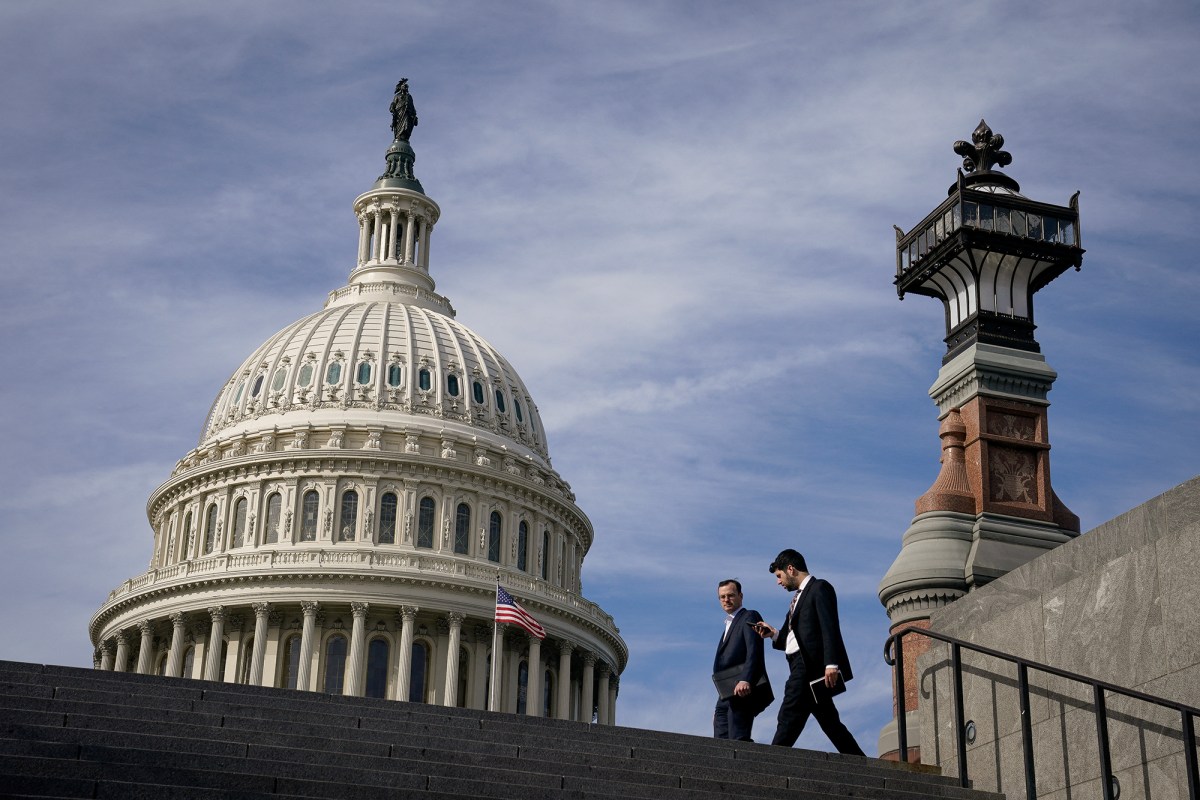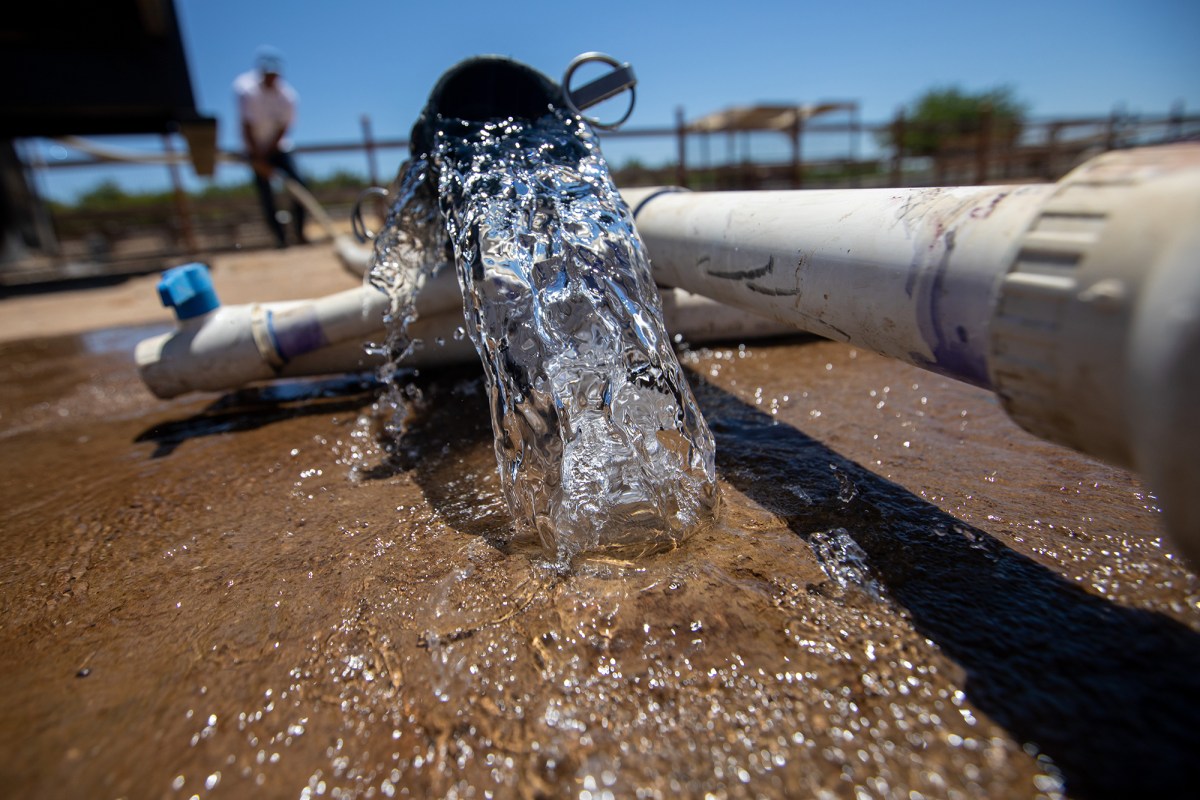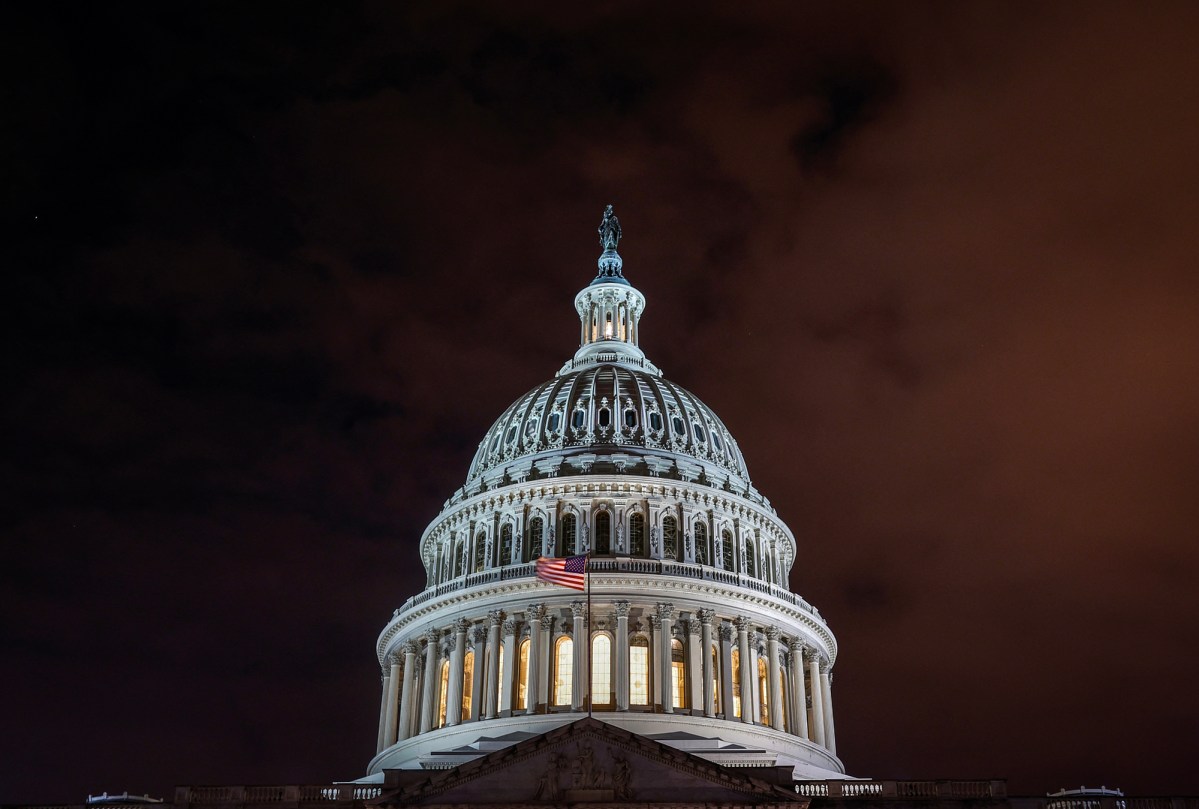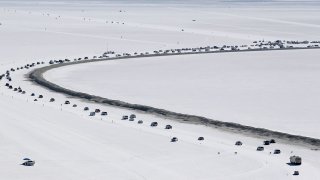Welcome to CalMatters, the only nonprofit newsroom devoted solely to covering statewide issues that affect all Californians. Sign up for
WeeklyMatters
for a Saturday morning digest of the latest news and commentary from the Golden State.
This story is part of
California Voices,
a commentary forum aiming to broaden our understanding of the state and spotlight Californians directly impacted by policy or its absence. Learn more
here
.
The Imperial Irrigation District, which provides water to farmers in the southeastern corner of California, drew a figurative line in the sand earlier this month, calling for a halt to the
conversion of agricultural fields into solar panel farms
.
Noting that more than 13,000 acres of fertile land had already been converted, the water district asked the Imperial County Board of Supervisors to protect productive farmland.
“Our identity and economy in the Imperial Valley are rooted in agriculture,” Gina Dockstader, who chairs the district board, said in a statement. “Solar energy has a role in our region’s future, but it cannot come at the cost of our farmland, food supply, or the families who depend on agriculture. This resolution is about protecting our way of life.”
The Imperial Valley conflict is one manifestation of an increasingly sharp debate within California’s
$60 billion agricultural sector
— the largest of any state — over what should happen as the acreage devoted to crops and livestock shrinks.
The state Department of Conservation says that
agricultural lands declined by more than 1.6 million acres
between 1984 and 2018
,
averaging 47,000 acres a year. The most productive land experienced the largest decline. Urbanization — the conversion of fields into homes and businesses — accounted for most of the decline, but residential development has slowed in recent years, contributing to a chronic housing shortage.
Other factors, such as labor shortages, production costs and uncertain water supplies, have created what
industry leaders say is a crisis
. The Public Policy Institute of California has estimated that the recently imposed limits on tapping underground aquifers to irrigate crops will result in
500,000 acres of farmland being taken out of production
.
More recently, President Donald Trump’s
imposition of tariffs and a crackdown on undocumented immigrants
have put more pressure on the agricultural industry.
As farmers, particularly the larger corporate growers, take land out of production, many believe that their economic salvation lies in solar panel arrays that generate the emission-free electricity that the state wants, as it phases out power fueled by hydrocarbons.
However, that doesn’t sit well with farmers who want to continue production, as the Imperial Irrigation District’s call for a solar moratorium implies.
Like many conflicts, this one has landed in the Capitol in the form of legislation.
Assembly Bill 1156
would make it easier for farmers whose lands are contractually obligated to remain open space under the Williamson Act to avoid paying the heavy penalties required by law.
The
Williamson Act
, enacted six decades ago to slow the sprawl of urban development into farmlands, gives farmers hefty breaks on property taxes on land they maintain as open space. AB 1156 would specifically declare that farmers can replace crops with solar farms without incurring penalties if the owner is experiencing water shortages. The bill is backed by the solar power industry, environmentalists, labor unions and many large farmers.
The California Farm Bureau and family farm groups oppose it, arguing that it will undermine the Williamson Act because almost any farmer can declare a water shortage, given the chronic uncertainty of California water supplies. Emulating the Imperial Irrigation District’s stance, opponents say wholesale conversion of farmland into solar farms will devastate rural communities that depend on agriculture for jobs.
Politically, it’s a David vs. Goliath conflict. AB 1156, carried by Assemblywoman
Buffy Wicks
, an Oakland Democrat, has been moving briskly through the legislative process. It’s already cleared the Assembly and is likely to hit the Senate floor soon.
The solar farm displacement issue is only one of many factors that will determine the future of agriculture in California. The larger existential issue deserves more political attention than it’s getting.
Read More
Even in wet years, wells are still dry. Why replenishing California’s groundwater is painfully slow
How deep-pocketed groundwater users are stalling California’s sustainability plans
Read more from CalMatters
Text
Get breaking news on your phone.
Download
Keep up with the latest via our app.
Sign up
Receive free updates in your inbox.
Safeguard independent news for California’s future
For 10 years, CalMatters has informed millions of Californians and kept our government and special interests in check.
- We report what’s happening.
- We ask the hard questions.
- We make our government transparent to Californians.
Right now, every donation is matched dollar-for-dollar. Please make today the day you support CalMatters.
Without independent, relentless reporting, accountability slips:
- People lose visibility into decisions that shape their future.
- Misinformation and special interests gain more ground.
- Public trust erodes.
Don’t let that happen. Give today to safeguard independent and fearless CalMatters journalism.
Give today, because the news can’t wait.












With Kamala Harris out, who will emerge as frontrunner in California governor’s race?